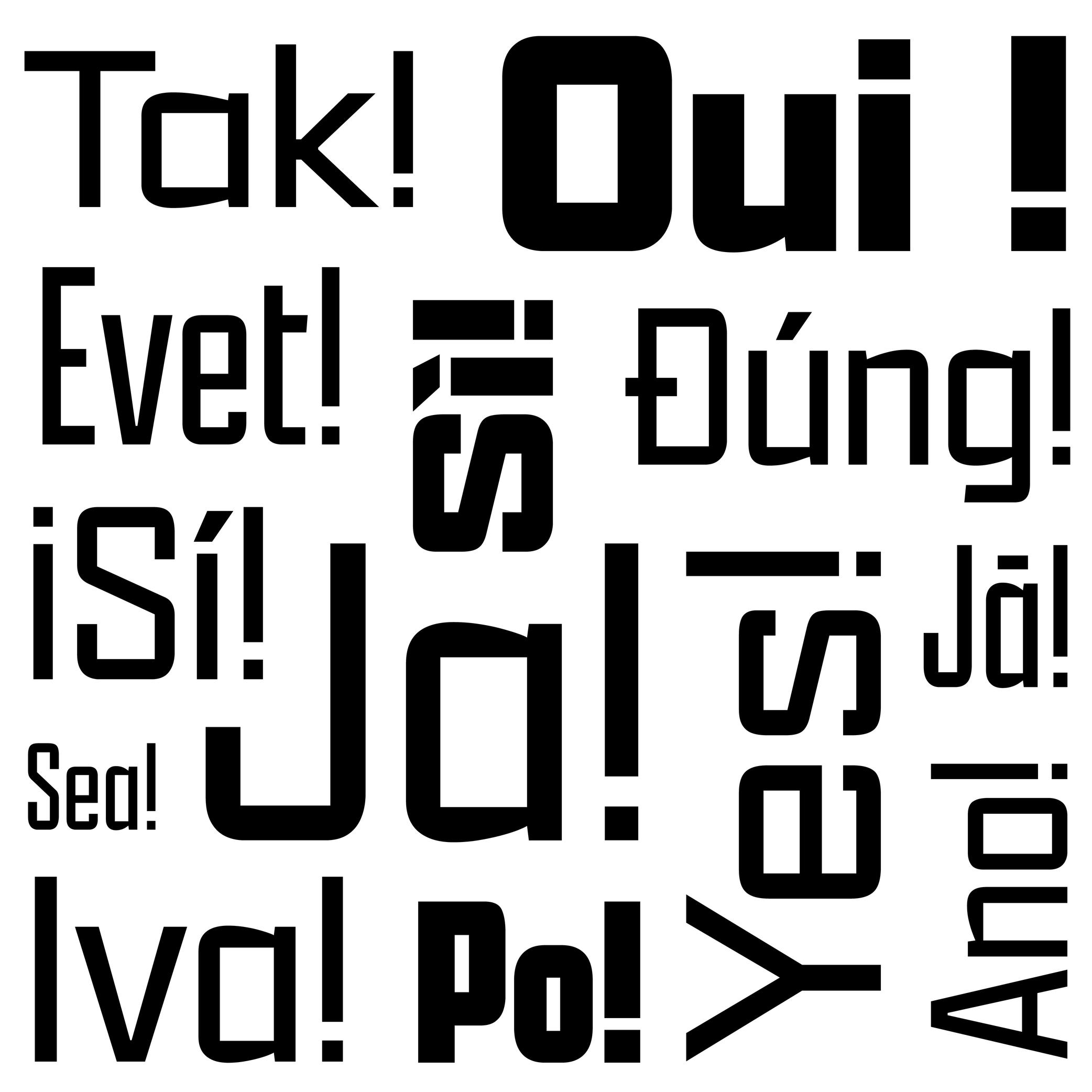Exclamation Mark

Sponsored by Kerns & Cairns . Typeface in use: Apotek , designed by Dyana Weissman, 2020.
FUNCTION
The exclamation mark is placed at the end of a sentence to indicate an exclamation (obviously!).
HISTORY
There is a theory that early exclamation marks were used by early manuscript copyists in Europe, who wrote the Latin word ‘io’ (sort of ‘hurray’), which evolved into a vertical stroke (formerly i) on top of a dot (formerly o). Other languages use different marks for the same purpose (as in Armenian or Burmese).
DESIGN
The top of the exclamation mark is optically aligned to the cap height, with a period at its base. The shape of the vertical stem can be designed to match the typeface (contrast, rounded tip, etc.).
TYPOGRAPHIC RULES
In English and in many other languages, there is no space before the exclamation mark. But in French, there is a non-breaking space. And in Spanish, a reversed exclamation mark is placed at the beginning of the sentence, with the upright one at the end, with no space.
Notes
UNICODE
EXCLAMATION MARK: U+0021
INVERTED EXCLAMATION MARK: U+00A1